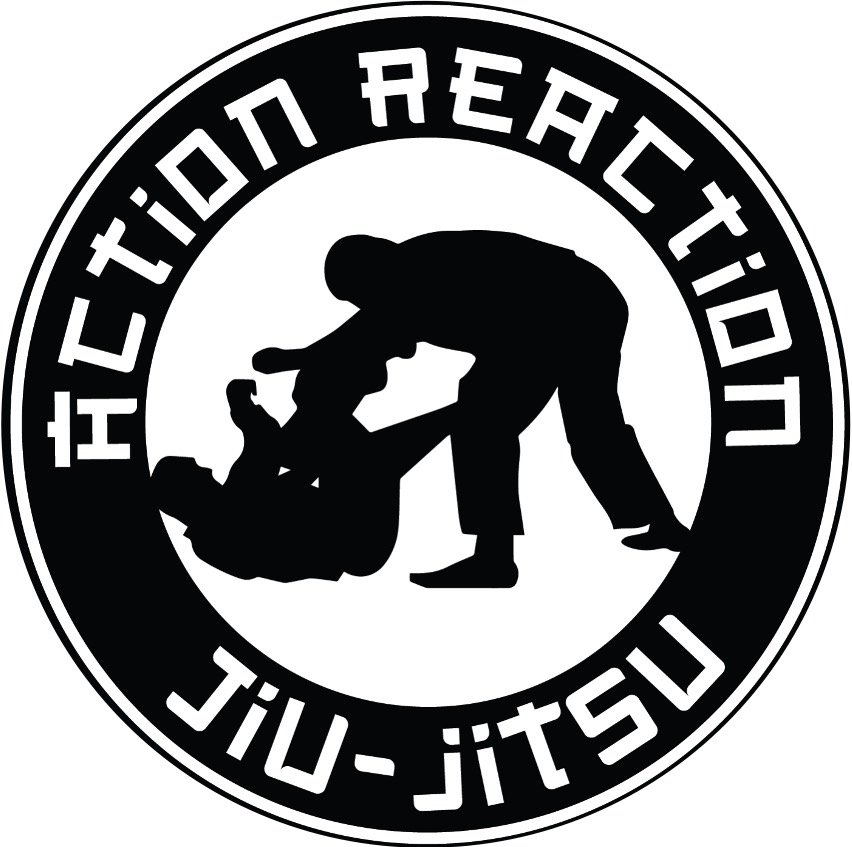How to create a jiu-jitsu training plan
Develop an effective training plan in three stages.
You have established some goals to further your jiu-jitsu and improve yourself and are feeling determined. Now it is time to commit to training. It's tempting to take your new motivation and dive in wholeheartedly to an intense training regime that you may not yet be ready for. Taking time to develop a structured, realistic training plan can make all difference in achieving success.
A solid training plan should be set up in stages that fit your goals and current fitness level. Below are some points to consider when planning out a training plan.
1. Prepare to train. Determine the amount of time that you can commit to training. Review your work and personal schedules and outline times when you have availability to consistently attend class and do any additional training each week. Work on building your fitness level at this point and getting used to the new training schedule. Identify your current strengths and weaknesses and don't train too hard if you are not yet ready. Give yourself adequate time to get used to the training plan and build your strength.
Work to advance in jiu-jitsu through:
Reviewing the training plan with your coach and getting feedback. Your coach can make sure you are moving the right direction toward your goal. The goal will become not just your goal; it will be a shared goal with your coach.
Attending class at least two times a week; more if you are having trouble grasping techniques or wish to accelerate your learning.
Lining up good training partners who will challenge you on the mat and help you build your skills.
2. Initiate a higher-level of training. After you have built a strong fitness base and have established a routine that allows you to attend classes regularly, start to intensify training. Begin to push yourself to do more physically and try and increase the amount of time you are training, if possible.
Sharpen your BJJ skills by working with your coach to:
Identify the techniques that you like and that work for you, and build these skills into your game.
Find drills to practice technique form and repeat these until the position is muscle-memory.
Identify variations of movements (or skill successions) that will you help you incorporate the techniques that you like into your game in different ways. For example, work on different tools that will link you to the technique (e.g., triangle from spider guard or triangle from close guard).
Roll with different training partners to practice applying the technique in a live situation.
Try to avoid situations that will set you back. Make sure you learn and practice techniques correctly. If you do something wrong, it takes time to fix and you may get hurt. Try not to miss a training. Listen to your body and allow for recovery time but also recognize when you can push on with training.
3. Moving toward the end goal. The last training plan phase is largely dependent on your type of goal. Typically, a goal is tied to an event or is a personal achievement goal.
For event-based goals, such as a competition or a belt test, it is smart to ease up on intense training directly (2-weeks or so) before the event. Build time to ease off of intense training into the training plan. This will allow your body to recover and be completely ready before the event. This doesn’t mean to forgo all training and go on vacation.
Keep your BJJ skills sharp and prepare for your event.
Review the strategy for the techniques you are hoping to implement.
Continue light training to drill techniques and refine the game plan.
Step-up mental preparations; visualize the event; iron out the logistical details (e.g., what time do you need to be there, what are you going to eat).
Realize that you cannot anticipate every detail and be flexible once you are in the event. If something does not go as planned, adjust the strategy and stay positive.
For personal achievement goals, such as to lose weight or improve specific jiu-jitsu techniques, continue to push forward with a high level of training before the end-date. The training plan should include a set date when you anticipate to achieve the goal. You should have established a method to track and gauge accomplishments and success. This may be to learn a specific number of new BJJ techniques, to feel more comfortable rolling with your partners, or lose weight or build strength through measuring incremental progress. Be firm with your set end date.
When you successfully reach your goal make sure to enjoy your hard work and success. Take time to relax and regroup, if needed, but don’t rest too long. It is time to set another goal and start the process all over again.

